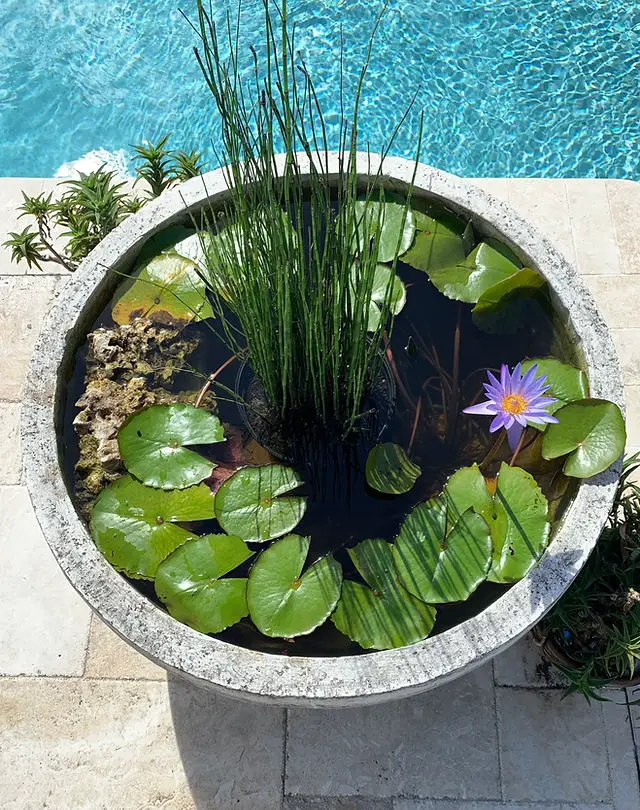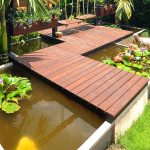Building a pond without a pump can be a rewarding and sustainable way to create a tranquil water feature in your garden. While a pump can help maintain water circulation and oxygenation, it is possible to design and maintain a pond without one. In this article, we’ll explore the essential steps and considerations for building a pond without a pump, offering practical tips and eco-friendly solutions for a thriving aquatic environment.
### Design and Location
When planning to build a pond without a pump, it’s crucial to carefully select the right location and design. Choose an area that receives ample sunlight for at least half of the day, as this will promote the growth of aquatic plants and help maintain a balanced ecosystem. Consider the natural topography of your garden to find a suitable spot with minimal water runoff and erosion.
### Pond Liner
To create a successful pond without a pump, a high-quality pond liner is essential. Ensure that the liner material is durable, UV-resistant, and large enough to accommodate the desired pond size. Common options include EPDM rubber, PVC, and HDPE liners, which offer longevity and flexibility for shaping the pond.
### Natural Filtration
In the absence of a pump, natural filtration becomes paramount for maintaining water quality. Introducing a diverse range of aquatic plants, such as water lilies, lotus, and hornwort, can help absorb excess nutrients and oxygenate the water through photosynthesis. Additionally, floating plants like duckweed and water lettuce can provide shade and reduce algae growth.
### Beneficial Bacteria
In a pump-free pond, beneficial bacteria play a crucial role in breaking down organic matter and preventing the buildup of harmful compounds. Consider adding a bacterial supplement specifically formulated for ponds to promote a healthy microbial balance and prevent water stagnation.
### Aeration Alternatives
While a pump is typically used for aeration, natural alternatives can effectively oxygenate the pond. Installing a small fountain or waterfall can promote water movement and enhance oxygen levels. Additionally, incorporating porous rocks and gravel at the pond’s bottom can create a habitat for beneficial bacteria and promote natural aeration.
### Wildlife Inclusion
Encouraging wildlife to inhabit the pond can contribute to its ecological balance. Introduce native species of snails, tadpoles, and small fish to help control algae and maintain a harmonious ecosystem. However, it’s essential to research local regulations and consider the potential impact of introducing non-native species to the pond.
### Regular Maintenance
Without a pump, regular maintenance is crucial for the long-term health of the pond. Remove any debris, fallen leaves, and excess sediment to prevent nutrient buildup and maintain water clarity. Additionally, periodic water testing can help monitor the pond’s pH levels, ammonia, and nitrate concentrations.
### Rainwater Harvesting
Incorporating rainwater harvesting techniques can supplement the pond’s water supply and reduce reliance on external sources. Directing roof runoff or installing a small rain barrel can provide a sustainable water source for the pond, minimizing the need for frequent refilling.
### Seasonal Considerations
Throughout the changing seasons, it’s important to adapt the pond’s care and maintenance practices. In colder climates, preventing the pond from freezing entirely is crucial to safeguard the aquatic life. Consider using a small de-icer or floating pond heater to maintain an opening in the ice and facilitate gas exchange.
### Eco-Friendly Practices
Building a pump-free pond aligns with eco-friendly principles and allows for a more sustainable approach to water feature design. By integrating natural processes and minimizing energy consumption, such ponds contribute to the overall health of the garden ecosystem and reduce environmental impact.
In conclusion, building a pond without a pump is an achievable and environmentally conscious endeavor that can enhance the beauty and biodiversity of your garden. By leveraging natural filtration, beneficial bacteria, and thoughtful design, you can create a thriving aquatic habitat while minimizing reliance on mechanical systems. Embracing sustainable practices and mindful maintenance will ensure the long-term success of your pump-free pond, providing a serene and ecologically balanced space for years to come.





